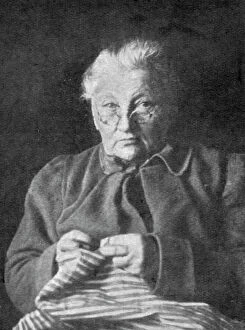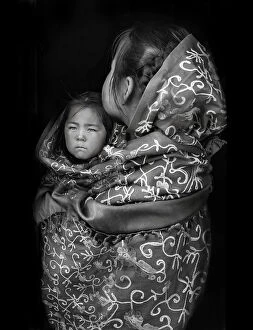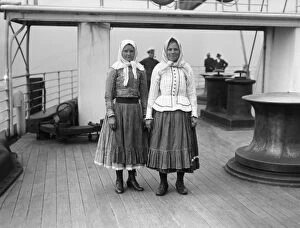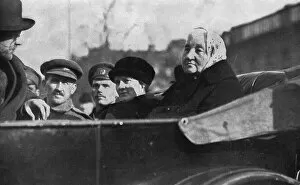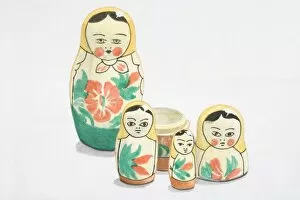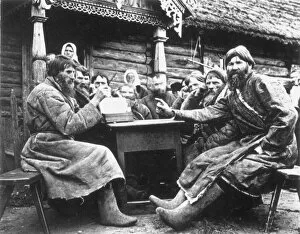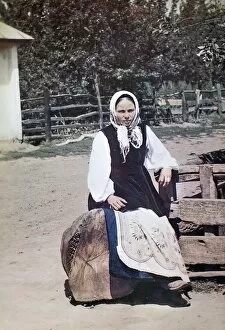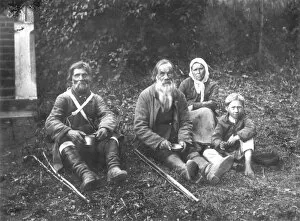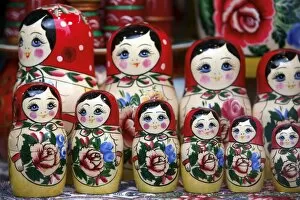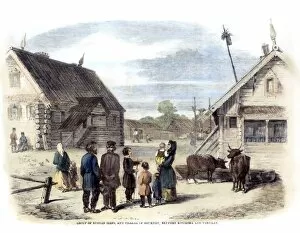Babushka Collection
"Babushka: Unveiling the Layers of Russian Culture and History" Discover the enchanting world of babushkas, as we delve into their rich symbolism and significance
For sale as Licensed Images
Choose your image, Select your licence and Download the media
"Babushka: Unveiling the Layers of Russian Culture and History" Discover the enchanting world of babushkas, as we delve into their rich symbolism and significance. Originating from St. Petersburg, Russia, these Matryoshka dolls have become iconic representations of European artistry. In the painting "At the Rich Relative" by an unknown artist in 1891, a babushka doll takes center stage, symbolizing family ties and heritage. Similarly, in Rimsky-Korsakov's opera "The Tale of Tsar Saltan, " intricate costume designs bring these dolls to life on stage. Photographs capture glimpses of everyday life in Russia during different eras. In a candid albumen print titled "Family from Nijni, Novgorod" circa 1875, a babushka stands proudly alongside her loved ones - a testament to resilience and unity within Russian families. Yekaterina Konstatinovna Breshko-Breshkovskaya emerges as an influential figure in Russian history. Known as Babushka Yekaterina or Grandmother Catherine, she dedicated her life to fighting for social justice and equality for peasants. Immigration plays a significant role in shaping cultural landscapes worldwide. Aboard immigrant ships bound for America around 1900, Eastern European women clutch their cherished babushkas tightly - symbols of comfort amidst uncertainty. Matryoshkas themselves hold secrets within their nested layers. Partially disassembled Matryoshkas reveal hidden surprises - each layer representing different generations or stages of life; they remind us that there is always more than meets the eye. However, not all tales are joyful; history has witnessed its share of hardships too. During the devastating Russian famine in 1921, peasant women resorted to begging with outstretched hands adorned with worn-out babushkas - poignant reminders of desperation amid despair. Babushkas transcend mere dolls.

